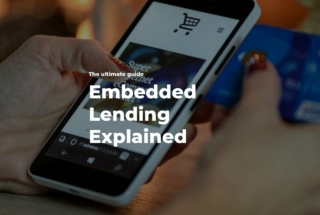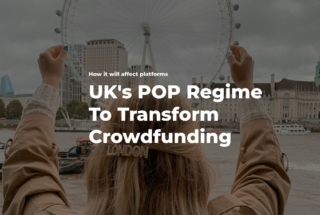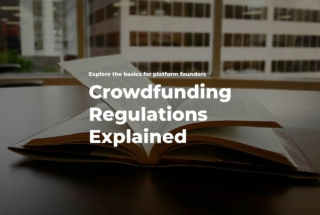How Investors Get Paid in Crowdfunding
No time to read? Let AI give you a quick summary of this article.
Financial motivation is the major driver spurring investors to play in crowdfunding1. Balanced asset portfolio, ability to invest small sums, the desire to be a part of “something big” go next.
According to Paul Vroomen & Subhas Desa2, who have analysed the historical data of the equity crowdfunding market, IRR from the investment portfolio may reach 28% with 99% confidence.
So, how and when investors can get these crazy returns? Let’s figure it out together.
What you will learn in this post:
Crowdfunding payouts in equity deals and p2p loans
First off, let us remind you that backers have a financial interest only in investment crowdfunding: equity-based deals and p2p loans.
Donations and rewards create other incentives like participation in the community/project, contributing to a mission/cause, which goes beyond financial motives.
Equity models and p2p loans are polarized. In the equity scheme, investors become holders of ownership rights by purchasing a company’s shares and can expect returns on their investments in case a business goes IPO or gets acquired.
The p2p lending model implies that investors act like lenders providing money to businesses in return for fixed interest payments.
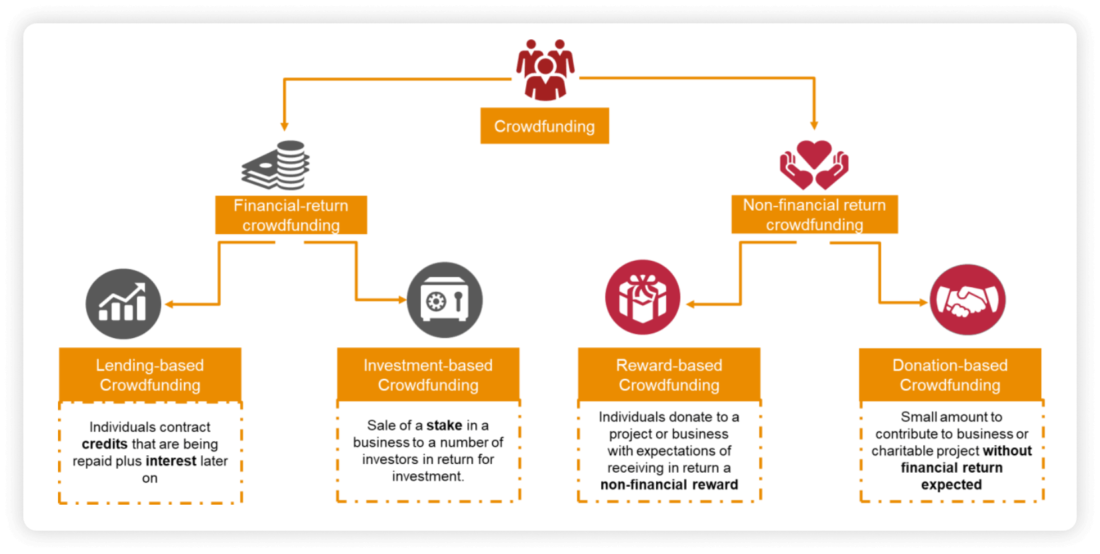
The type of instrument involved, be it a bond or note for debt-based schemes, or shares (crowd investing) or mezzanine debt and preferred equity (property crowdfunding), defines the way of how investors are paid off.
You can google and find an ocean of articles on how the theory of crowdfunding returns works, but practically every platform has nuances, e.g. instrument, strategy, lock-up period, you should be aware of before splurging.
Let’s look at some examples.
Returns and dividend payouts in crowdfunding
Let’s take a closer look at how different crowdfunding platforms operate and how they pay to investors.
Crowdcube
All Crowdcube’s investors are shareholders of a business they support. Some shares are issued via the nominee Crowdcube Nominees Limited who holds the shares for backers to protect their rights.
Crowdcube offers two types of returns4 to the investor community: payouts in case of business acquisitions and IPOs, and dividends from annual profits.
Returns on shares are transferred to holders via the nominees. In most cases, Crowdcube’s investors can sell shares to another Crowdcube member without any restriction through the native secondary market – Cubex.
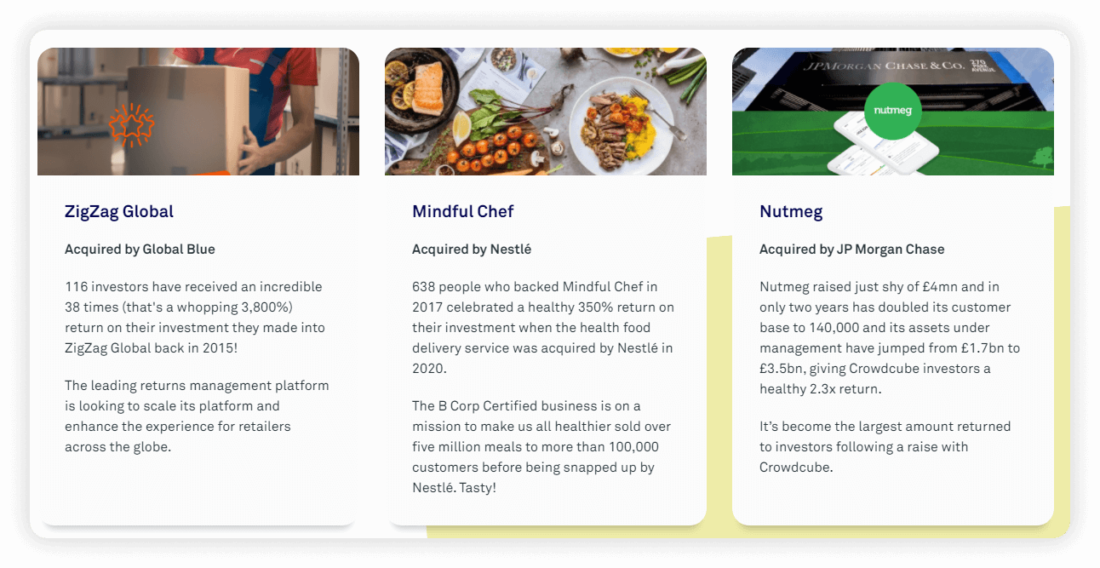
StartEngine
Retail backers can support startups and early-growth companies on StartEngine by providing financial help that is to generate returns if a company becomes more successful.
StartEngine’s instruments you can opt for: common stocks, convertible notes, debt and revenue shares.
The provider lets companies conduct several closes/ funds withdrawals during the campaign and all angels whose funds have cleared by this time will be included in disbursement and get their shares.
Importantly, StartEngine isn’t involved in post-fundraising activities, which means that StartEngine doesn’t control investors’ returns after a company meets a funding goal.
Can backers resell shares?
Generally, they’re not allowed to do this for a 1-year period unless there are certain circumstances5.
StartEngine has a secondary trading marketplace where companies can quote their securities.
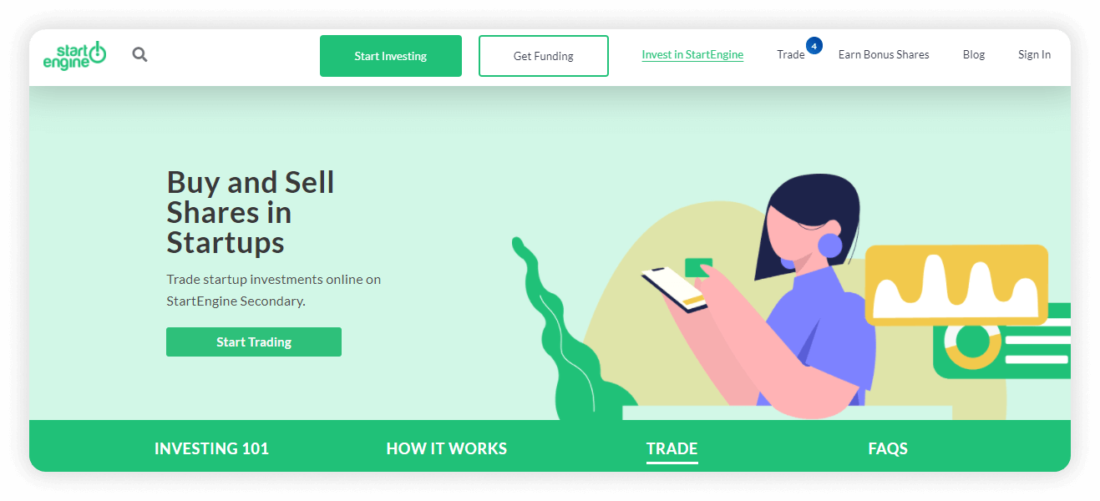
How to get paid in crowdfunding through notes and loans
In p2p lending the payouts schemes are different from equity crowdfunding, so let’s explore them on some of the leading platforms worldwide.
Funding Circle
Funding Circle is the largest p2p loan provider in the UK. Professional and non-sophisticated backers lend money to property businesses managed further by the platform.
Borrowers are obliged to make monthly payments to investors. If the monthly instalment is missed for several months in a row, it becomes “default” and the borrower is charged an extra collections charge which will be additionally owned by backers.
All property loans on the portal are secured against the real estate asset. In case of a loan default, the provider can enforce the security to repay investors. However, there may be situations when investors won’t be paid off.
For backers, there’s an option to sell loans to the community via the platform.
This summer, Funding Circle posed lending for new retail investors due to the significant economic uncertainty in the COVID-19 pandemic.
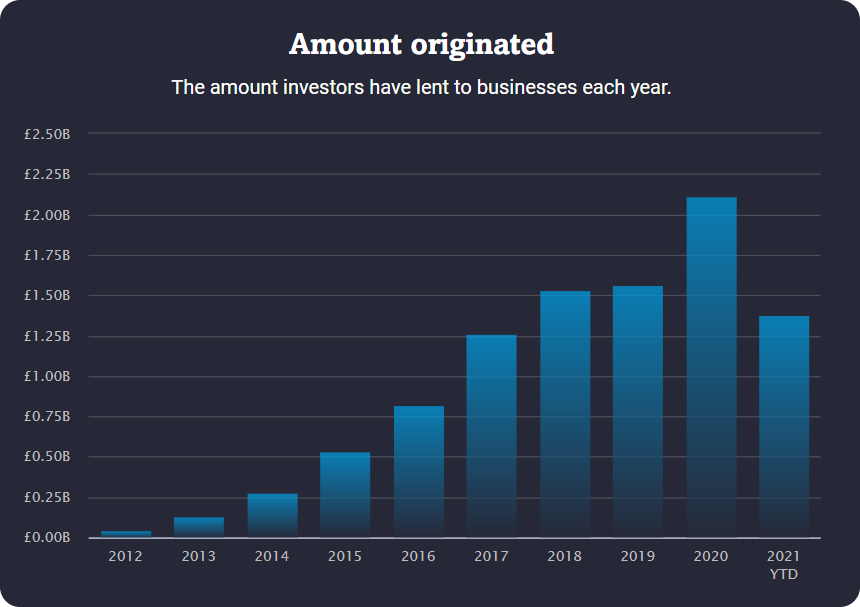
Mintos
Mintos is among Latvian crowdlending frontrunners issuing business loans, invoice financing, mortgage loans, and personal loans. Mintos deals with both institutional and retail backers looking to purchase loans.
The invested money is locked up according to each loan payment schedule. If backers intend to get rid of undesired loans, Mintos secondary market is the way out.
Mintos clients can purchase notes and invest in loan assignment agreements. (buyback obligations).
Notes were introduced by Mintos a year ago as a means to ensure transparent cash flows.
Interest for notes is accrued from day 1. When the next interest payment date comes, the investor will be paid the accrued interest on top of their investments.
A buyback obligation gives more perks to lenders in case of the borrower’s default. If the crowdfunding repayment is overdue for more than 60 days, the investment is bought back by the lending company at nominal value plus accrued interest.
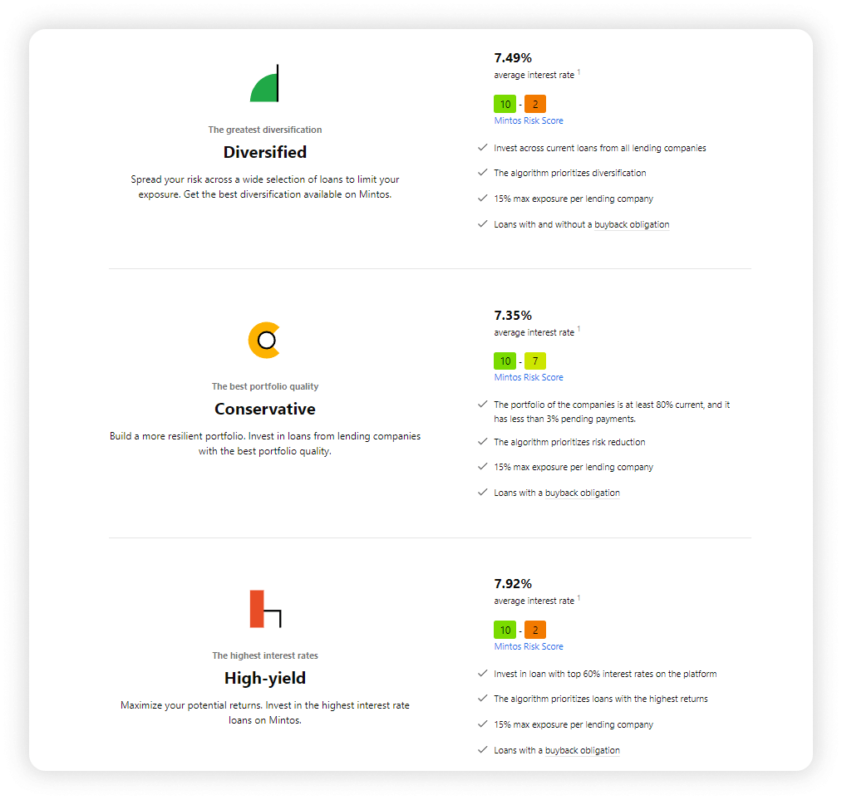
Return on investment in crowdfunding property deals
And what about the financial returns in real estate crowdfunding? Let’s have a look at Fundrise.
Fundrise
The trick with property investments is that it’s a pretty long-term investment (5+ years) and it takes a lot of time for investor portfolio assets to start generating revenue.
Investment returns on Fundrise take two forms:
- Dividends
- Appreciation
Dividends9 represent the share of assets value investors purchased through eREIT investments during the prior quarter from loan interests and rental payments.
Backers earn their income only during the period they’re entitled to do so, e.g. entire quarter. When do dividends start being paid? Crowdfunding investment repayments starts as soon as the investor’s order completes.
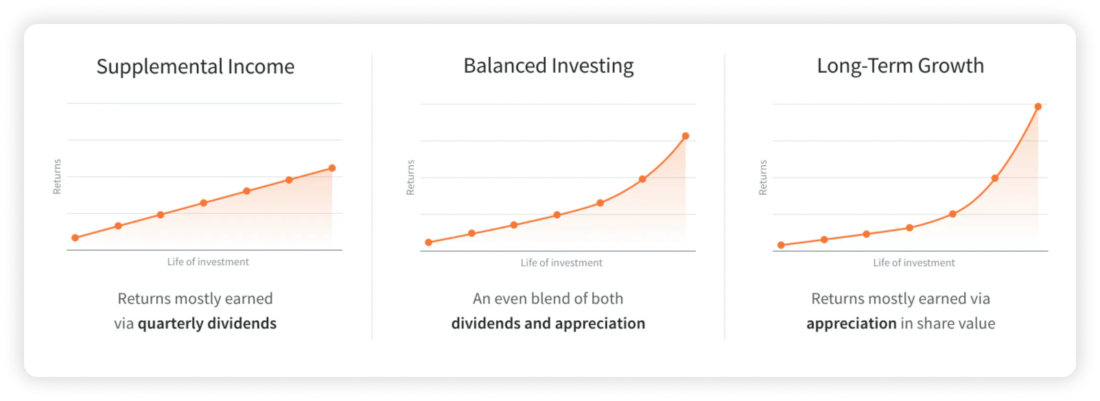
Appreciation10 is an increase in the net asset value (NAV) of the investor’s shares.
For instance, you initially invested $1,000 of shares in various diversified funds. In a year, your investment portfolio may be worth $1,100 due to the growth in your shares’ value provided that you didn’t reinvest your dividends. This is how property appreciation works.
Besides, Fundrise has a 5+ years lock-up period11 during which investments can’t be redeemed.
Wrapping up the returns in crowdfunding topic
In theory, crowdfunding payouts are a piece of cake: you get dividends on the shares you own or interest on the loan you’ve provided. But in practice, everything is much more complex. Platforms offer a variety of instruments and investor strategies that have different conditions.
If you’re going to become a crowdfunding investor, note that:
- You get returns from shares in case of business acquisitions and IPOs, and dividends from annual profits if a business succeeds;
- Debt-based investments are typically done through notes, bonds and a portion of loans. Interests start accruing from the date of initial investment through the date that the loan is repaid.
- Property investments are more diverse in terms of commissions. Backers can get dividends from shares in REITs and profit from appreciation. All there are hybrid instruments like mezzanine loans allowing investors to convert interest repayments in the company into an equity stake;
- Backers should be prepared to hold the investment through their maturity during the lock-up period as not all platforms have secondary markets (like Seedrs12) for immediate liquidity;
- Before getting started with your crowdfunding provider, do the homework and discover how repayments are handled from blog posts13, FAQs or the platform community.
If you’re looking to build a crowdfunding platform and want to offer the best terms for investors or fundraisers, reach out to LenderKit and book an online demo of the white-label crowdfunding software.
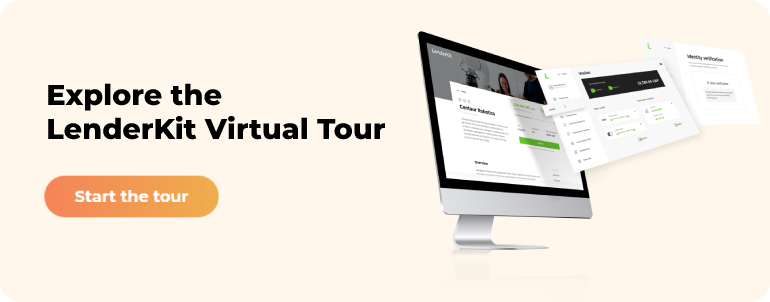
Article sources:
- The major driver spurring investors to play in crowdfunding
- Rates of return for crowdfunding portfolios: theoretical derivation and implications
- PDF (https://ec.europa.eu/regional_policy/sources/docgener/studies/pdf/crowdfundin...)
- Investor Returns from Equity Crowdfunding | Crowdcube
- StartEngine Investor FAQ
- StartEngine secondary
- Funding Circle Holdings plc (LSE: FCH)
- Invest in Loans with Mintos | Earn Passive Income Monthly
- What are Fundrise Dividends?
- What is appreciation and how does it relate to Fundrise investments?
- Help Center
- Republic Europe | Secondary Market
- European Online Lender October Explains How Repayments Are Handled Via Its Platform | Crowdfund Insider

